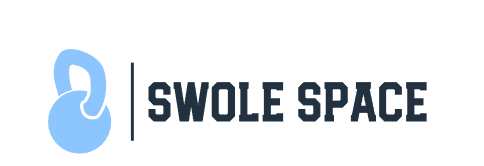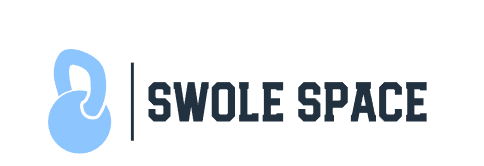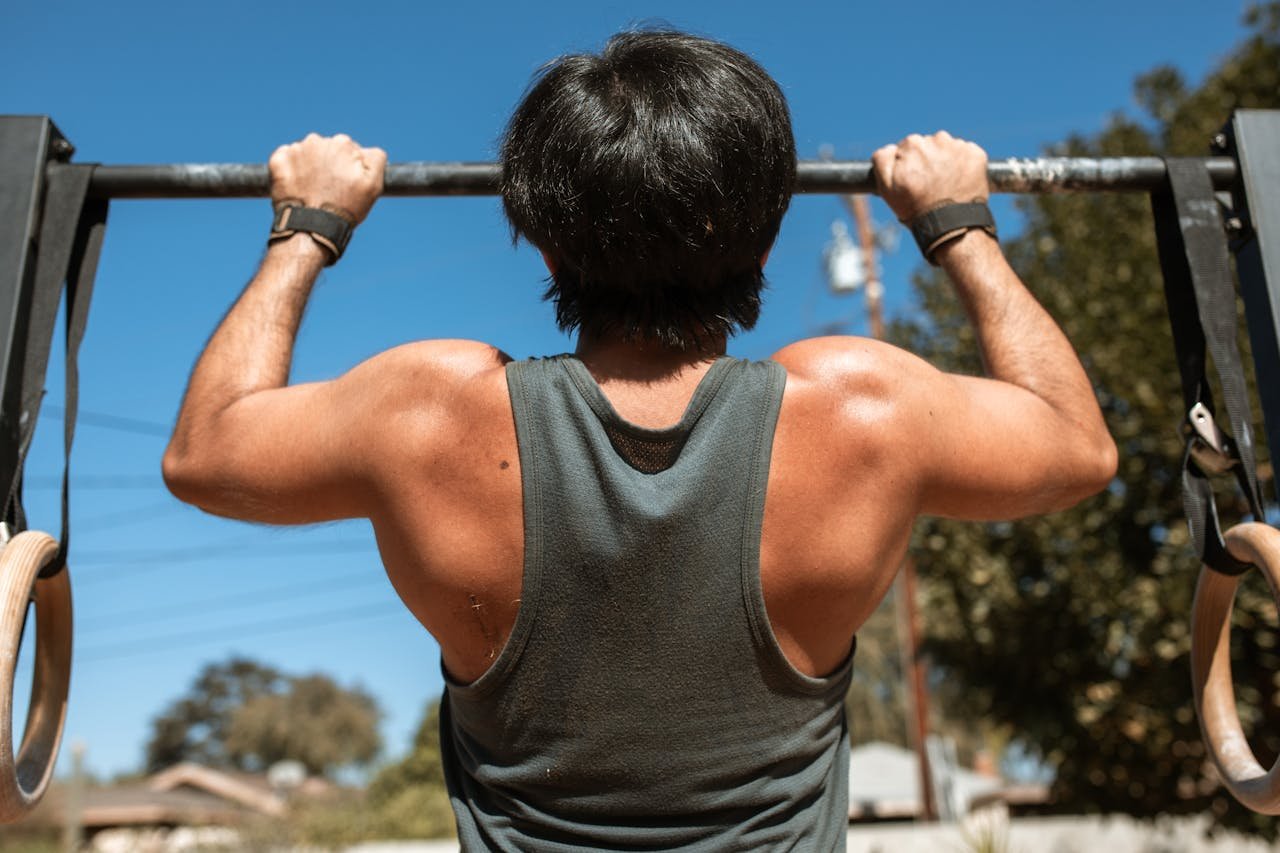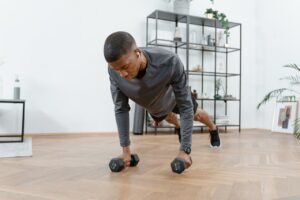A strong, well-developed back is essential not only for aesthetics but also for posture, spinal health, and overall functional strength. While traditional weightlifting is popular, calisthenics back workouts provide an effective alternative that relies primarily on bodyweight movements and minimal equipment. Whether you’re a beginner or an advanced trainee, this guide explores the benefits, techniques, equipment options, and programming strategies to help you master back training at home.
Table of Contents
Why Your Back Deserves Focus
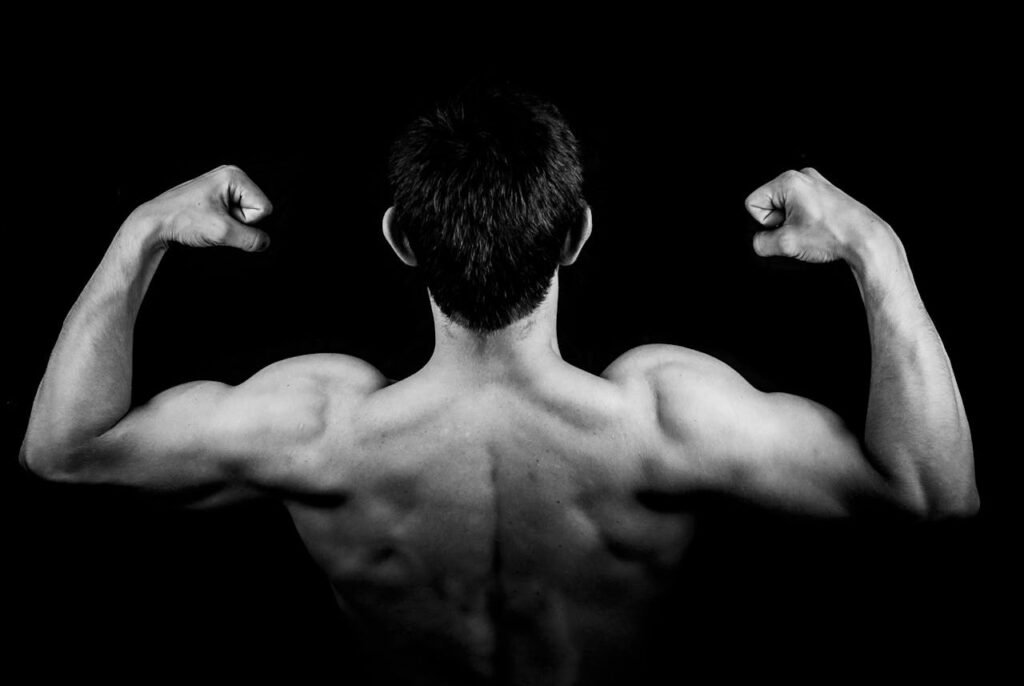
The back is composed of several major muscle groups, including the latissimus dorsi, trapezius, rhomboids, and erector spinae. Strengthening these muscles improves posture, pulling strength, and overall stability. A balanced back also contributes to a V-shaped torso, signaling upper-body strength.
Calisthenics back workouts allow you to train these muscles effectively without heavy weights. By using your body weight, you can build hypertrophy, endurance, and functional strength. Additionally, bodyweight movements improve joint mobility, core engagement, and stability—perfect for home fitness routines.
Core Back Exercises for Home Workouts
Pull-Ups and Variations
Pull-ups are the cornerstone of any calisthenics back routine. They primarily engage the lats, traps, and rhomboids while also recruiting the biceps and forearms.
- Standard Pull-Up: Grip a bar shoulder-width apart and pull your chin above the bar. (View here)
- Chin-Up: Palms facing you, emphasizing the biceps slightly more. (View here)
- Wide-Grip Pull-Up: Broadens lat engagement for a wider back. (View here)
Equipment: Pull-up bar or doorway pull-up station.
Australian Rows (Bodyweight Rows)
Australian rows are great for beginners or anyone wanting higher volume without stressing the shoulders.
- Lie underneath a bar set at waist height or use a sturdy table.
- Grip the bar and pull your chest toward it, keeping your body straight.
- Lower slowly and repeat. Elevating the feet increases difficulty.
- View demonstration Here
Equipment: TRX bands, or suspension trainer.
- HOME GYM EQUIPMENT: TRX’s All-in-One Suspension Trainer System has revolutionized personal fitness. It’s designed for fu…
- BEYOND GYM STRAPS: This TRX home workout system will allow you to achieve the results you want. You will build muscle, b…
- WORKOUT ANYWHERE: TRX easily anchors to doors, rafters, or beams at home—as well as to trees, poles, or posts. Take the …
Inverted Rows with Rings or TRX
Suspension trainers increase difficulty by introducing instability, forcing your core and stabilizer muscles to work harder.
- Adjust the strap length to control difficulty.
- Pull your chest toward the handles while keeping your body straight.
- Squeeze the shoulder blades together at the top.
- View demonstration Here
Equipment: TRX or gymnastic rings.
Superman and Prone Back Extensions
While vertical and horizontal pulls target the upper back, it’s essential to strengthen the lower back.
- Lie face down with arms extended.
- Lift your chest, arms, and legs simultaneously.
- Hold for a second and lower slowly.
- View demonstration Here
Equipment Option: Light ankle or wrist weights for added resistance.
- Bala Bangles: Bala Bangles add a constant but comfortable resistance to your workout. Wildly versatile, they can be worn…
- How to Use: Free yourself from the confines of the gym. Work out anytime, anywhere and any way you please. Use Bala Bang…
- Made for Every Body: Bala is not reserved for the ultra-fit, the ultra-young, the ultra-anything. Bala is for you, whoev…
Resistance Band Pull-Aparts
Pull-aparts strengthen the rear delts, rhomboids, and improve shoulder stability.
- Hold a resistance band with both hands.
- Pull it apart until your arms are fully extended.
- Return slowly to the starting position.
- View demonstration Here
Equipment: Resistance band.
Structuring Your Back Routine at Home
A complete calisthenics back workout should include vertical pulling, horizontal pulling, and lower back strengthening. A simple structure could be:
- Warm-Up (5–10 minutes): Arm circles, band pull-aparts, or light scapular activations.
- Vertical Pulling: Pull-ups or chin-ups for 3–4 sets of 6–12 reps.
- Horizontal Pulling: Australian or inverted rows for 3–4 sets of 8–15 reps.
- Lower Back Activation: Superman or prone extensions for 3 sets of 12–15 reps.
- Accessory/Finisher: Band pull-aparts or face pulls for 2–3 sets of 15–20 reps.
Adjust reps and sets based on your experience and fitness level. Beginners may start with fewer reps and build up gradually, while advanced trainees can increase resistance using bands or weighted vests.
Incorporating Equipment Effectively

While calisthenics emphasizes bodyweight, minimal equipment can significantly enhance results:
- Pull-Up Bars: Essential for vertical pulling movements like pull-ups.
- Suspension Trainers (TRX or Rings): Ideal for horizontal pulling and instability training.
- Resistance Bands: Versatile for rear delt work, warm-ups, and progressive resistance.
- Weighted Vests or Adjustable Dumbbells: Can add progressive resistance to pull-ups, Supermans, or other bodyweight movements.
If you want to explore the best gear to support your calisthenics workouts at home, check out our guide on Top 3 Calisthenics Equipment for Home Workouts: Build a Minimalist Gym That Works
Strategically using equipment allows you to scale exercises and maintain progressive overload, even in a small home setup.
Common Mistakes to Avoid
Form is crucial for safety and effectiveness. Swinging during pull-ups or neglecting lower back work reduces results and increases injury risk. Many beginners also fail to engage their scapulae during pulling motions, which limits muscle activation. Overtraining or jumping to high volume too quickly can also cause overuse injuries. The key is controlled movement, intentional engagement, and gradual progression.
Benefits of Calisthenics Back Workouts
Calisthenics back workouts are convenient, cost-effective, and scalable for any fitness level. They enhance functional strength, improve joint health, and promote mobility. Using minimal equipment like bands or a pull-up bar allows for continued progression without a full gym setup. Strong back muscles also support proper posture and help reduce the risk of back pain in daily life.
Tips for Progression and Consistency
Track your sets, reps, and difficulty to measure improvement over time. Gradually increase resistance using bands, vests, or small weights. Mixing vertical and horizontal pulls ensures all back muscles are targeted and keeps workouts engaging. Finally, prioritize recovery to allow muscles to rebuild stronger. With consistency, calisthenics back workouts can transform both strength and aesthetics.
Conclusion
Calisthenics back workouts offer a versatile, effective way to strengthen your back from home. By combining bodyweight exercises with minimal equipment, you can target all areas of the back while improving posture, strength, and mobility. With careful programming, proper form, and progressive overload, these routines can deliver results comparable to traditional gym workouts. Whether you’re a beginner or an advanced trainee, incorporating these exercises into your home fitness routine provides long-term benefits and convenience.
